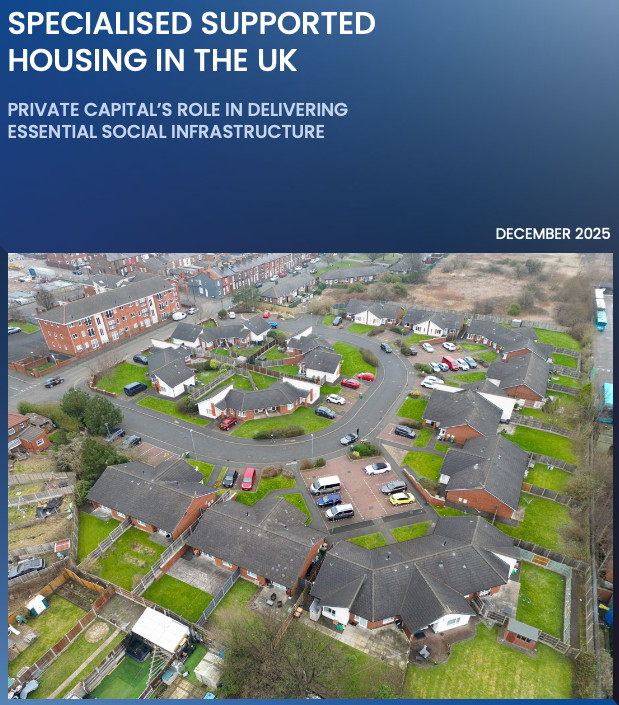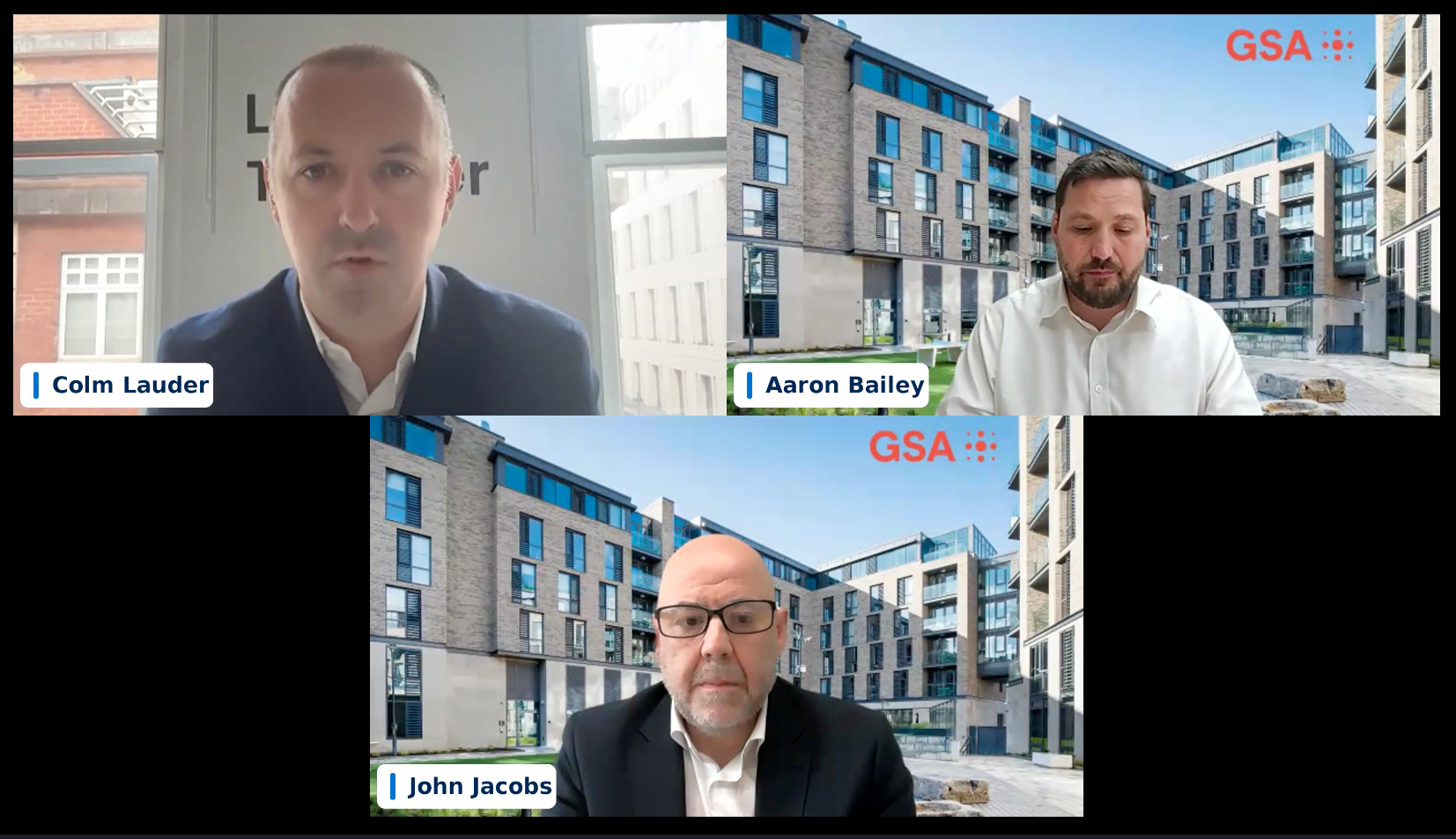Planning regulations already mean building must be environmentally friendly, but a commercial industry has developed to capitalise on the need to be seen to be green.
For developers, builders, agents, and tenants, it has become almost unavoidable to ensure that their commercial buildings are festooned with acronyms like BREEAM, LEED, NZEB, or WELL to boast of their sustainable credentials.
All are common on the site hoardings of Dublin’s latest office developments and the marketing brochures of agents.
These certifications, which come at a not insignificant cost to developers and owners, are a must-have for new projects at every stage of the construction and operational lifecycle.
The national standard of Building Energy Ratings, in Ireland, or Energy Performance Certificates, in the UK, have been well and truly pushed down the order of priority by marketers. Presumably because they don’t cost as much to include.
There are now growing questions from industry that these paid-for certifications, the most popular of which are based on standards developed outside the European Union, are simply a form of “greenwashing”.
Of course, these are voluntary, but many fear the risk of being missed by certain tenants, particularly from the USA, who require certain ratings to approve lettings, or ever consider such buildings in the first place.
Schemes
There are over 20 such schemes for voluntary building certification that are used across Europe. Of these, the most common are: BREEAM, LEED, DGNB, HQE, Minergie. and PassivHaus. The primary outputs of most of these are the same, with the main difference being the varying environmental and energy aspects included in the assessment. This makes benchmarking or comparisons between the schemes difficult as their baselines, scopes, and indicators differ. Often we are comparing apples with oranges.
There are, undoubtedly, a lot of benefits to owners, and tenants, of greener certified buildings. It does not take a research survey, of which there are many, to provide evidence to support the importance of these accreditations. Research from the United States Green Building Council found that its own Leadership in Energy and Environmental Design (LEED) certified buildings produce 34 per cent less CO2 emissions and save 80 million tonnes of waste from landfill in the USA.
While these certifications and standards are undeniably popular, they aren’t without their critics
Hardly surprisingly, as it will be mostly new buildings which avail of these in the first place. But there is a valuation point too, again it is not surprising that new Grade A buildings will achieve higher average prices that existing stock.
Research from the Building Research Establishment Environmental Assessment Method (BREEAM) shows that its certified developments were found to have 21 per cent higher capital value on average than their counterparts in the wider market.
While these certifications and standards are undeniably popular, they aren’t without their critics. With new standards being launched every year and more and more businesses hopping on the sustainability bandwagon, sceptics are questioning their validity, and indeed value.
The big question being asked is that without a standardised, EU-regulated certification system, are green building certifications worth the expensive paper they’re printed on?
So why are developers pursuing these certifications when strict planning and regulations in Ireland, and most of Europe, mean new buildings are being built anyway to the highest sustainable standards. Put simply, sustainability sells.
A whole new generation of consumers, tenants, and investors care about being sustainable more than ever before, and though well intentioned, they are overawed by the labelling and branding. Many stakeholders will select buildings that end up costing them more, with the right label, even though the practical divergence between many of the certifications is marginal from an environmental perspective.
Disappointing
What is disappointing is that while the groups leading the development of the certifications were focused as part of an environmental movement originally, now this is very much a commercial movement. Considerable fees are paid to apply for these labels.
One of the key criticisms of the early certification standards is the focus on operational carbon emissions, rather than the “whole life carbon” of a building.
It is arguable now if certification is even needed for this, as we see increased rejections from planning authorities for demolitions with the emissions impact being cited as the rationale. A Dublin or London office developer does not need to pay an American green building certifier to prove this point, its already well embedded in our planning systems.
Others criticise the older BREEAM and LEED ratings as not going far enough and moves to pick up the “softer” elements of a building’s impact has led to the development of the WELL rating. This is a standard which considers the physical and mental wellbeing of a building’s occupiers and those around it.
Readers may have already spotted the consequences of the WELL ratings on buildings which have achieved the top score around Dublin with external signs warning passers-by not to smoke within 25 feet of the building’s perimeter. These signs are a requirement to achieve the highest WELL rating but are meaningless as in our cities because most the so-called exclusion areas are in public streets, and thus unenforceable.
Inconsistent
Other ratings seem inconsistent with wider national energy efficiency objectives. For example, it is more difficult for a naturally ventilated building to receive a BREEAM “Excellent” rating than a mechanically cooled one, which, ironically, means air conditioning appears to be favoured over the ability to open windows.
In another example, a building can meet all the requirements for strong LEED certification and still have major sustainability problems. This was the case with the Empire State Building in New York. The tower, completed in 1931, achieved LEED Gold status after a $500 million refurbishment in 2020, but was later found to have serious energy efficiency issues.
While green certifications look good and can improve a buildings marketability, they can also be misleading and fail to reflect the true environmental credentials of a property or business, such as embodied carbon, demolition impact, or localised building effects. Moreover, a developer or investors can select certain certifications over another to present a more positive picture. All of this comes from the fact that there is a lack of a common European framework.
Green certification in the built environment is certainly an important step in the right direction of reducing negative environmental impacts. It can reward developments that incorporate sustainable design, materials, and construction practices, and it encourages more environmentally friendly methods. However, certification alone is not enough to ensure a truly green building.
Crucially, late last year, the European Commission approved a process for improved Energy Performance Certificates which will be based on a common EU template with common criteria, to better inform citizens and make financing decisions across the EU easier for non-residential buildings.
A focus by developers on encouraging a new European standard would ensure consistency and a rating that can be robustly defended.



